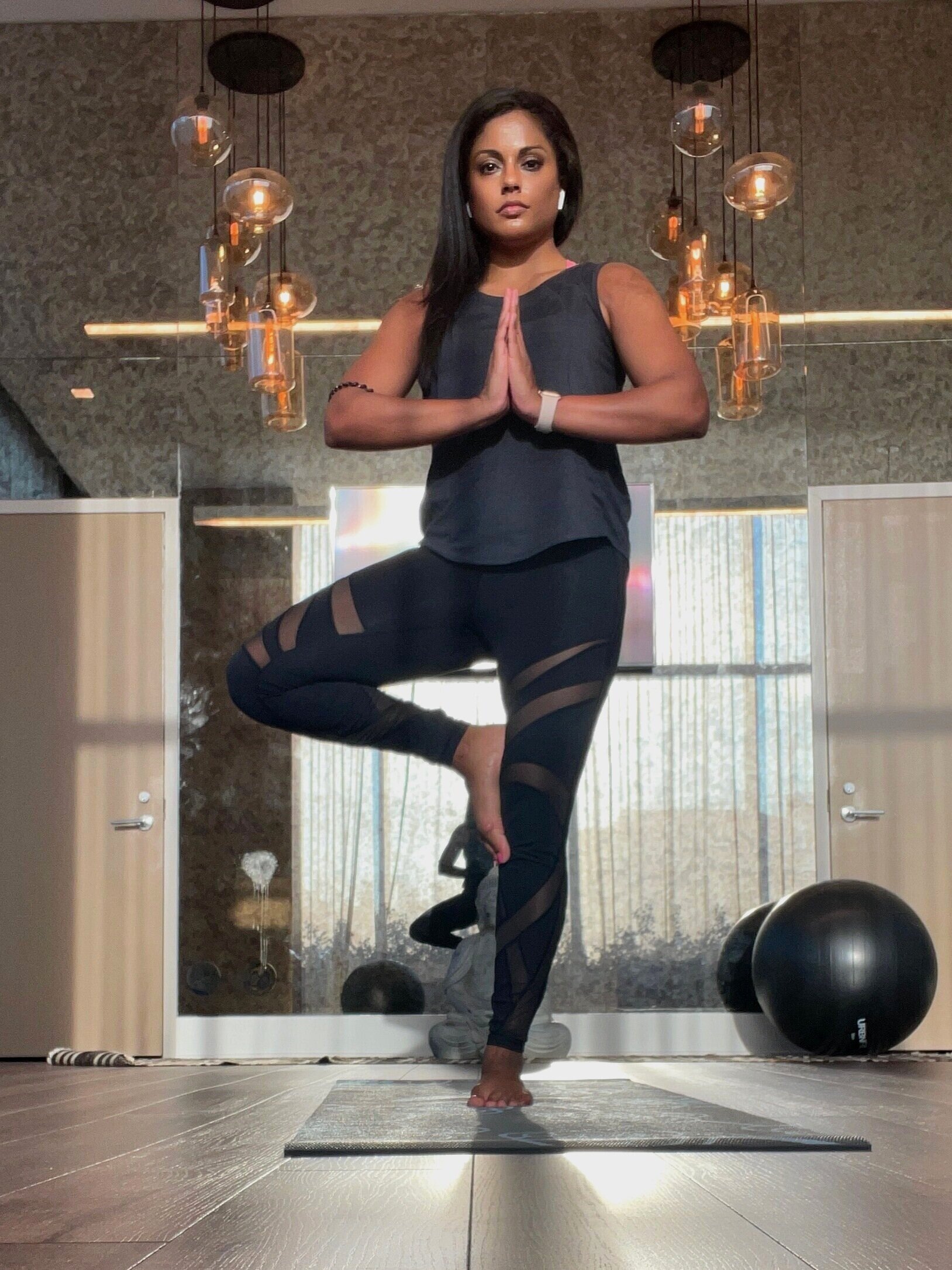Prolong Your Leggings’ Lives
The devil works hard, but activewear works harder. Decrease your carbon footprint by nurturing and maximizing the shelf lives of your diligent leggings and tanks instead of discarding them at the first sniff of stank.
I confess: I am not strong enough to resist the lure of Lululemon. For years innumerable, I have closed my eyes and held my nose at the triple-digit price tags and worshipped at the altar of butter-soft leggings with exactly the right amount of compression to make even the most potato-shaped individual (present company included) look and feel like a yoga influencer. The problem is, three-figure price-point leggings require maintenance. You can’t just toss them in the washing machine with your beach towel and hope for the best—at least, you can’t if you don’t want to have to keep replacing your leggings every few months (been there!).
I exercise at least five days a week and end up having to wash my workout attire after every use. Do not come for me and say that I should try to get multiple uses out of my workout gear before washing it; nobody wants to re-wear a stanky pair of leggings after it’s been through a 45-minute Peloton ride. Taking good care of your hard-working workout wardrobe and prolonging its life is important from a sustainability standpoint, as well as a financial one. My leggings and sports bras have been through some things, let me tell you—especially since the never-ending pandemic decimated our social lives and normalized 24/7 athleisure. There is nothing in my wardrobe that sees more action than my leggings, tanks, and sports bras. The temptation to constantly replace them with a shiny, new, fragrant, stretchy Lululemon haul is very real. But this is clearly not the way to cultivate a sustainable or ethical approach to activewear. So it’s time for me to learn (and for you to learn, by extension) how to care for the hardest working members of my wardrobe: the workout clothes.
1. Be a civilized adult and wash your leggings in cold water.
I’m attacking myself here. Since college, I ceased to believe in the necessity of separating loads of laundry. Instead, as is characteristic of my personal ethos, I decided to take the most efficient approach and wash all colored clothes, regardless of fabric, in hot water, and run them through the fastest (usually hottest) dryer cycle. This, of COURSE, results in many shrunken, shriveled, faded, and saggy Lululemon leggings. Don’t be like me. Wash your activewear in cold water and LAY THEM FLAT TO DRY, for the love of all things holy.
2. Exclude yourself from the Lululemon narrative.
There are so many sustainable and conscious alternatives to Lululemon—brands that are committed to using recycled fabrics, for example, or ethically and sustainably sourced materials like bamboo, while advocating for workers’ rights and making a concerted effort to reduce the carbon footprint associated with packaging and shipping their items. Here are just a few:


In the interest of full disclosure, my tank and leggings in the photo are from Lululemon—however, they’re purchased second-hand from ThredUp. Let me live!
3. Consider wearing less..everything.
Wearing more fabric means more demand and more manufacturing needs. Think about what you’re really doing when you’re working out, and how much fabric you need to acquire to do it. For example, I work out in a beautiful, climate-controlled gym—I can wear shorts and a sports bra, which equates to less laundry, less water-waste, and less fabric that then needs to be manufactured to eventually replace my workout gear. This feels very foreign to me, as I’ve always exercised in leggings and a tank over a sports bra. But it makes sense, if you’re comfortable and feel safe going a little bit skimpier.
4. If the leggings aren’t stanky, wait to wash.
Again, this is a brand-new concept for me, as I reflexively toss my leggings in the hamper after a single use. HOWEVER. If you did a cute yoga sesh and the leggings aren’t pungent, you can probably get another use out of them. Every time you wash your leggings, you’re subjecting the fibers to harsh mechanical degradation and potential buildup of detergent, which can damage the fabric. The colors also fade with each wash (so when you do wash your leggings, turn them inside out). If you’re like me, you’re likely over-washing your leggings and prematurely ending their lives as a result. When in doubt, sniff it out.
As we stare down the barrel of yet another COVID fall and winter, leggings will surely continue to be a crucial part of our lives. Nurture your leggings, whether you got them at Lululemon or elsewhere, and ensure that they’ll be there for you, in beautiful condition, when you need them the most—whether it be for sweaty times on the Peloton, or sleepy times on the couch.


